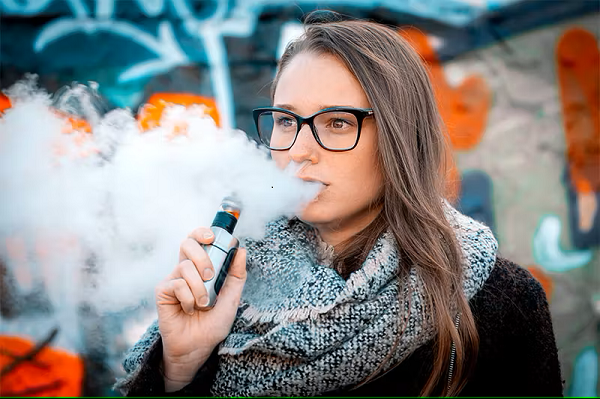
Vape liquids and eliquids are the e-cigarette liquids you use when vaping. These products come in a variety of flavors, some more obvious than others. You probably know that there’s nicotine in all e-liquid products, but what about all those other additives? How safe are these vape liquids for your health?

Vaping is an alternative to smoking cigarettes, but that doesn’t mean it’s without its own risks. The main risk comes from the additives used in e-liquid products. There are components of vape liquids that can be harmful if ingested or inhaled over time. In this article, we dive into what’s in e-cig juice and vape liquids and whether they’re safe to use.
What’s in Eliquids and Vape Liquids?
Vape Liquid come in a variety of flavors, but, beyond that, their contents vary greatly from brand to brand. When you examine the ingredients in vape liquids, you’ll find that most products contain two main ingredients: solvent and flavoring agents.
Solvent - The solvent is the part of the e-liquid that holds the nicotine and flavorings together. It also carries the nicotine from the e-cig into your bloodstream.
Solvent - Almost all e-liquid products consist of propylene glycol, or PG, and/or vegetable glycerin, or VG.
VG - This is a sweet syrup-like liquid, usually derived from vegetable oil.
PG - Like VG, this is also a syrupy liquid, but it’s often derived from petroleum.
Nicotine in Vape Liquid
Nicotine is the main attraction in all e-cigarette liquids. Most vapers use e-cigarettes to get their nicotine fix without all the harmful chemicals found in tobacco. Nicotine comes in different strengths, and you can find e-liquids with varying levels of nicotine.
Low-Nicotine E-Liquid - These liquids contain less than 1.0% nicotine concentration. They’re usually just called e-liquid.
Low-Nicotine E-Liquid with No Nicotine - Some brands of e-liquid contain nicotine but have a nicotine concentration of less than 1.0%. These liquids are often labeled as “no nicotine” e-liquid, but they still contain nicotine.
Low-Nicotine E-Liquid with No Nicotine - E-liquids that have no nicotine and a nicotine concentration of less than 1.0% are usually called “no nicotine” e-liquid. These products don’t contain nicotine.
Harmful Chemicals in Vape Liquids
Many e-liquid ingredients are safe to ingest or inhale, but some aren’t. The following chemicals can cause harm when ingested or inhaled over time.
Acetyl Propionyl - These chemicals are often used as flavoring agents in e-cigarettes and other tobacco products. They pose a health risk to humans when inhaled or ingested in large amounts.
Aldehydes - These chemicals are used as flavoring agents in e-cigarettes. They can cause long-term damage to your lungs when inhaled.
Carbon Dioxide - CO2 is a natural byproduct of fermentation. It’s also used as a flavoring agent in some e-cigarettes.
Is VG the Problem?
The FDA tested e-cigarette liquids to see which ingredients posed the biggest health risks. They found that both VG and PG are safe to ingest and inhale, but they did find some concerning levels of acetyl propionyl in some products. The FDA found that the levels of acetyl propionyl in E-Liquid are below a level that would pose a health risk.
However, they also found that VG is the main source of this chemical. The agency has proposed regulating e-cigarette flavors and ingredients, but nothing is final yet. The FDA hasn’t made any statements about a VG ban, but there are still concerns about this ingredient.
VG is a sweet syrup, and you can find it in many foods, including baked goods and ice cream. Some people have allergies to VG, so it’s a good idea to check the ingredients label before you buy. VG isn’t the only source of acetyl propionyl in e-liquids, so future regulations may not have a big impact.






